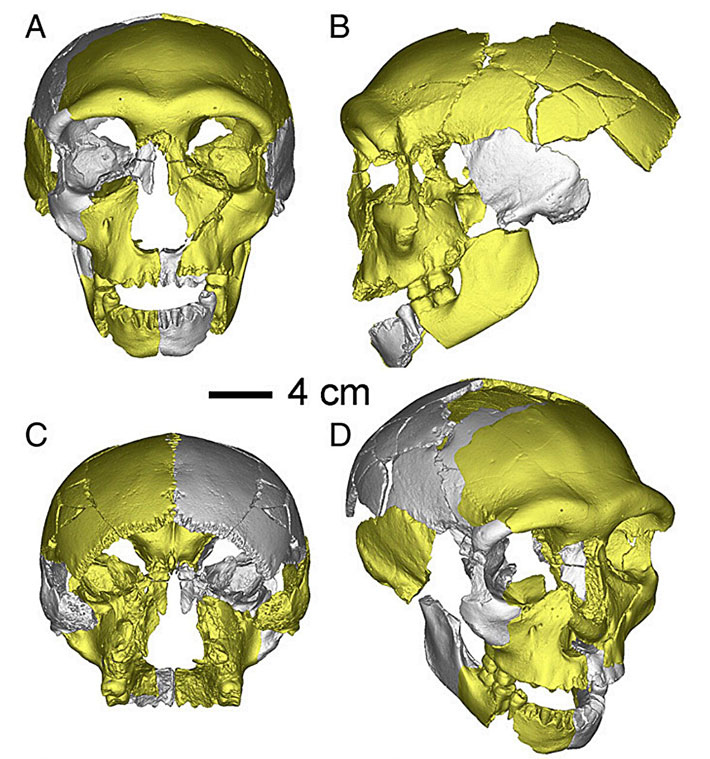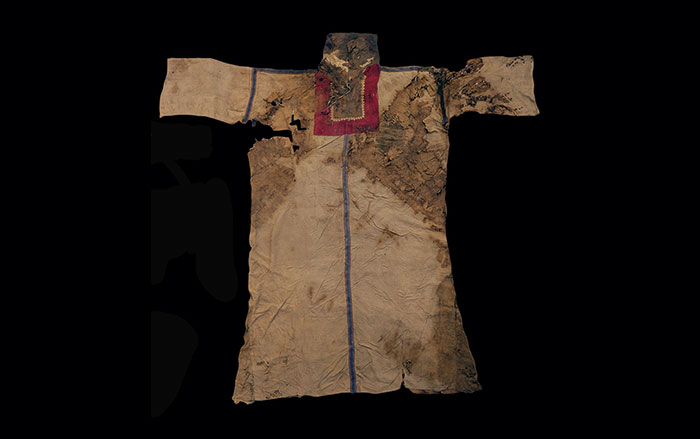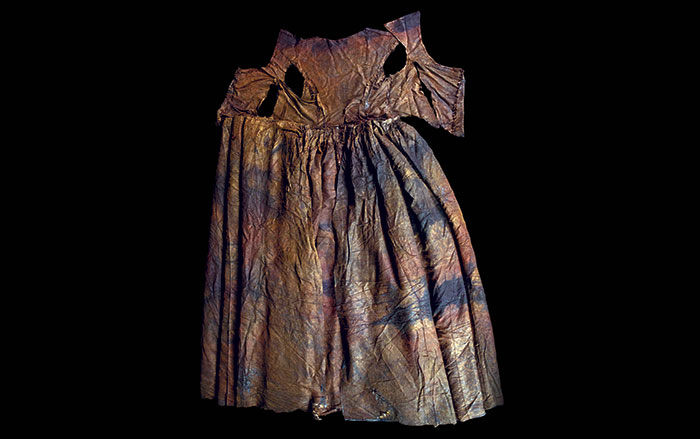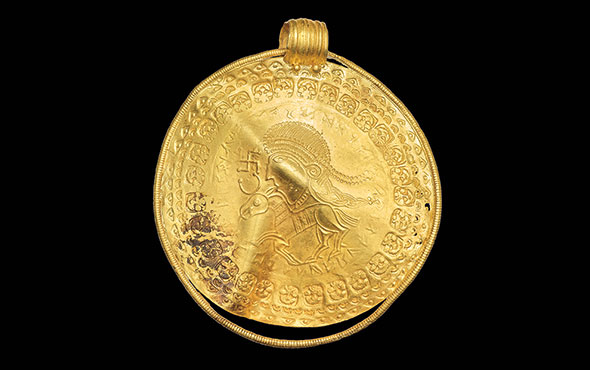
HUALONGDONG, CHINA—According to a Phys.org report, an international team of scientists, including Xiujie Wu and Shuwen Pei of the Chinese Academy of Sciences and Yanjun Cai of Xi’an Jiaotong University, suggests that HLD 6, a jawbone and partial skull unearthed in southeastern China, may belong to a previously unknown human lineage. The 300,000-year-old jaw has a triangular lower edge and no chin, and while it has some modern human traits, it is thought to most closely resemble Homo erectus. Bones in the individual’s face are even more similar to those in modern humans than the jawbone, the researchers added. To read about the migration of Homo sapiens beyond Africa, go to "An Opportunity for Early Humans in China."










